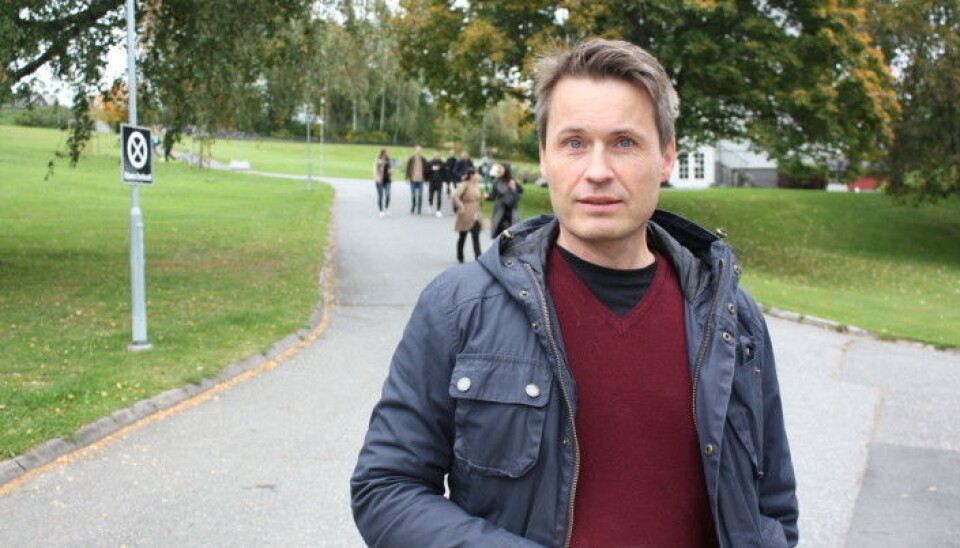This article is produced and financed by Inland Norway University of Applied Sciences - read more

Fighting to kill off myths and questionable theories in research
Even scientists with a critical eye can spread falsehoods and myths.
How can myths and dubious theories be referenced again and again in academic texts, even if they are thoroughly debunked and should have been disposed of, long ago?
“Some myths have survived in academia for decades, some even for over a century,” says philosopher Kåre Letrud of INN University.
Together with head librarian Sigbjørn Hernes he has examined the mechanisms that make myths so persistent.
They recently published a study in the journal PLOS One titled Affirmative citation bias in scientific myth debunking: A three-in-one case study.
Research subjects behave differently
One resilient myth is the so-called Hawthorne effect.
The term dates back to studies carried out on factory workers at the Hawthorne plant in Chicago in the 1920s by psychologist and sociologist Elton Mayo.
The workers' productivity reportedly increased, regardless of what measures the researchers implemented in the working environment.
The conclusion was that it was the researchers' presence itself, which made the workers work harder.
This was then generalized to the fact that individuals observed during research trials will behave differently than usual.
Myths repeated over and over
The studies at Hawthorne have been criticized for decades. In 1967, social psychologist Alex Carey raised the question of how it was possible for “studies so nearly devoid of scientific merit, and conclusions so little supported by evidence, to gain so influential and respected a place within scientific disciplines and to hold this place for so long.”
Critics of the Hawthorne effect have pointed out weaknesses in methodology, how the studies were conducted, as well as interpretation of the results, and claim they do not meet the requirements we currently set for research.
Some also believe that the Hawthorne effect does not point to any clear mechanism. Instead, it is used as a general and far-fetched vague explanation of why the observations were unexpected.

The criticism of the Hawthorne effect does not appear to have made much difference in the circulation of this myth. It is still widely used in academic publications, especially in the social and health sciences.
Articles are not read carefully enough
Letrud and Hernes have looked closely at three attempts to criticize the Hawthorne studies and examined over 600 articles referring to one or more of these. The findings are not encouraging: most people referencing the three critics reaffirm the effect. Only a few reinforce the criticism.
Letrud and Hernes named this phenomenon affirmative citation bias. In practice, it may seem that the three critics achieved the opposite of what they had attempted.
“There are several reasons for why this is happening. The fact that articles are not read or not read well enough seems to be a reason we can point to with some certainty,” says Letrud.
Another factor also comes into play: scientists who are convinced by the criticism and regard the Hawthorne effect as a dubious theory fail to mention it, and thus do not perpetuate the criticism.
“Thus, users of the Hawthorne effect are allowed to dominate in the academic publications.”
What then, is needed to stop the myths?
“A myth critic who gives his texts clearly critical titles will hopefully reduce the risk of being associated with the view she/he defies. But how successful this may be, is difficult to say,” says INN University’s researcher.
References:
Kåre Letrud and Sigbjørn Hernes: Affirmative citation bias in scientific myth debunking: a three-in-one case study. Plos One, 2019. doi:10.1371/journal.pone.0222213
Alex Carey, A. (1967). The Hawthorne Studies: A Radical Criticism. American Sociological Review, 1967. doi: 10.2307/2091087


































